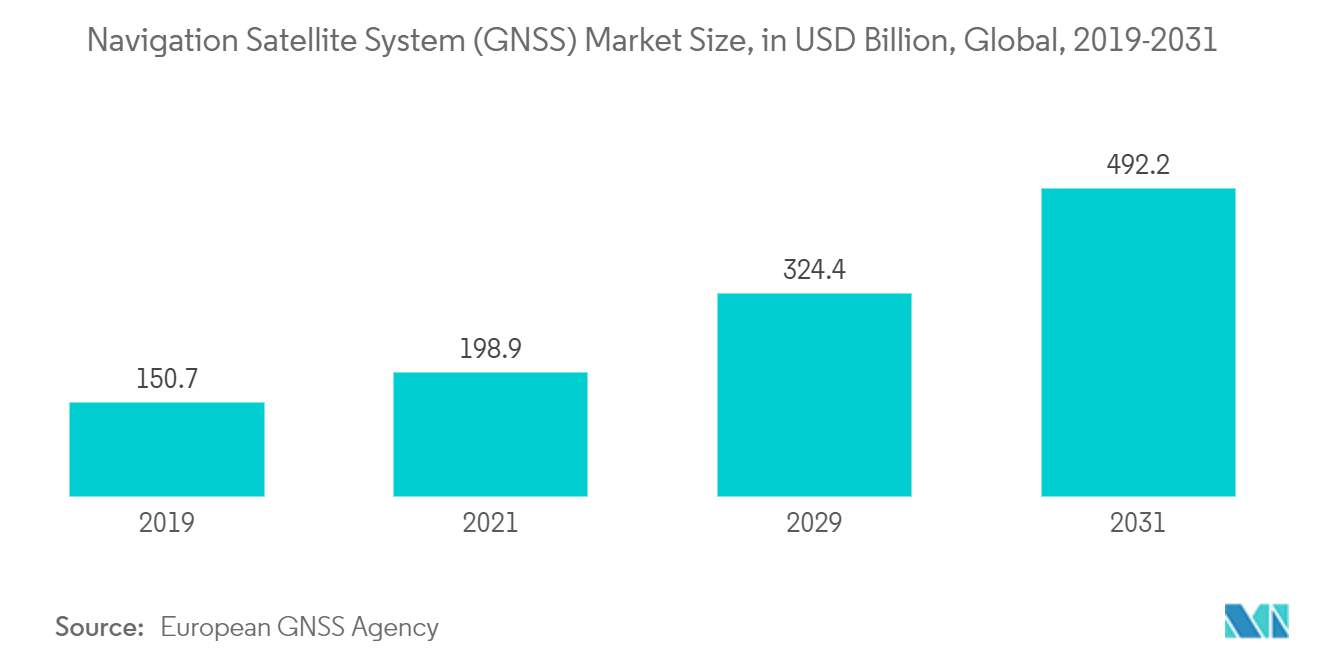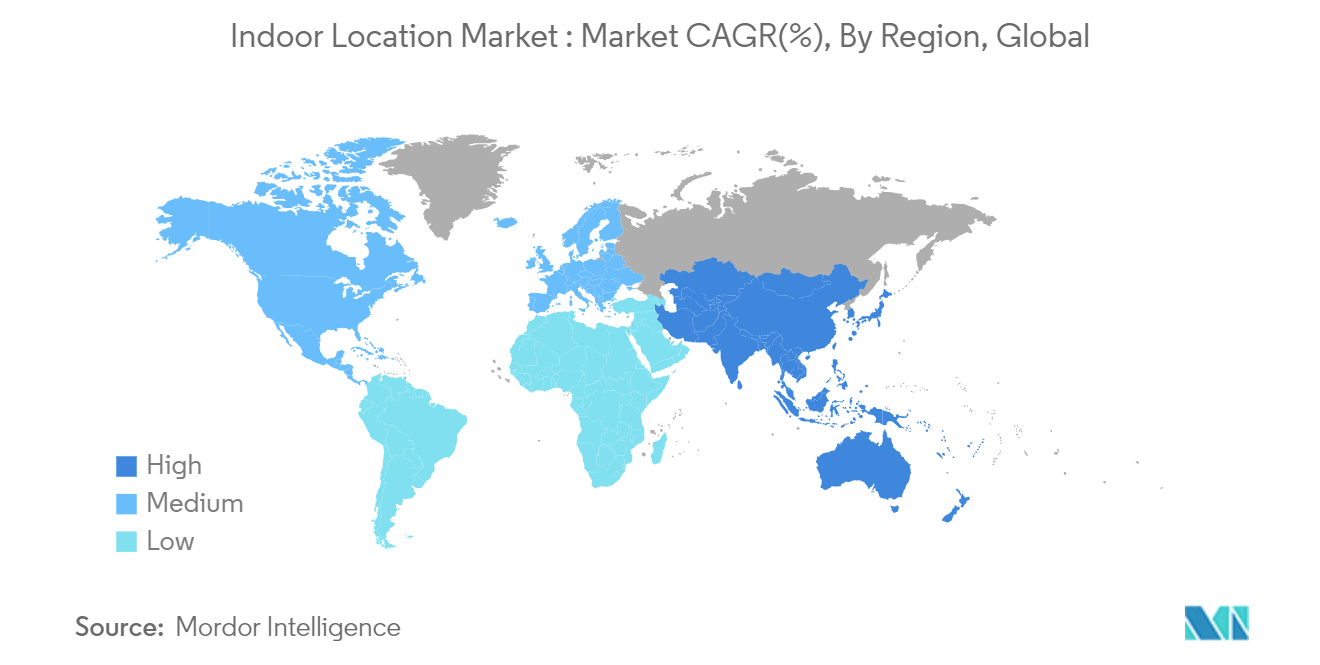Market Trends of Indoor Location Industry
Transportation and Logistics Vertical to Hold a Dominant Market Share
- The growth can be attributed to the demand for mobile assistance for passengers at airports and railway stations to find restaurants and shops in airports, and trains have been attributed to the need to find them in the right place.
- The use of indoor location solutions in the transport sector will help to understand consumer behavior. It provides valuable data that may be used to develop more detailed advertising campaigns, select suitable locations, and optimize services. By choosing an indoor location solution, the transport industry can also trace missing equipment and ensure effective inventory control to reduce audit costs.
- The need to monitor and recognize the physical location to save time lost in asset management is a key driver for developing an indoor positioning solution within the logistics sector. A company can organize and decipher complex plans with location analytics tools, enabling it to gain insight and engage with them quickly.
- Complicated, continuously running operations and capital-intensive processes are needed to make the transport and logistics sector a success. It is important for the logistics sector to identify storage facilities. The logistics industry has also adopted the requirement to monitor and locate assets in order to reduce waste of time during asset location management, as well as promote solutions for indoor locations.
- The company can use location analysis tools to organize and analyze detailed plans, which will enable them to gain insight in order to improve their interactions with customers.

North America to Hold the Highest Market Share During the Forecast Period
- It is expected that North America will account for a significant share of the indoor location market due to the increasing number of smartphones in this region and the development of Internet of Things technologies. North America is also the second most important market for tablets, smartphones, and navigation systems on commercial vehicles compared to being the world's leading producer of airplanes and a major manufacturer of aerospace and maritime navigational equipment.
- The United States has a large market share in nearly all sectors of end users in North America, with the exception of consumer electronics. In this country, the penetration rate of smartphones and their sales is remarkable.
- According to the GSMA, the North American mobile industry will be worth USD 333 billion in 2025, which would make it the world's largest mobile market by a margin of 50% over China. Sales are expected to increase even further in view of the country's planned transition toward 5G services. By the end of this year, 24% will be on 5G networks in Africa, and by 2025, it is expected to reach 46 % or 200 million connections.
- As a result of the growing adoption of smartphones and changes in consumer behavior when purchasing mobiles, entrepreneurs and existing companies are taking steps to develop locational services that will engage indoor users throughout the region. By using indoor location technology, retailers are enhancing their customers' experience and providing appropriate product or place navigation.
- Two other important factors supporting the growth of the market for indoor locations in North America are increasing investments in developing new technologies and using indoor location solutions. Market growth is also expected to be driven by the growing number of indoor location companies in different regions.


